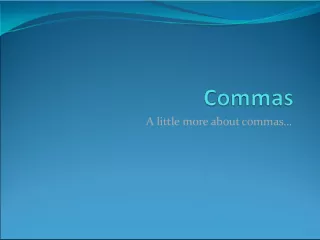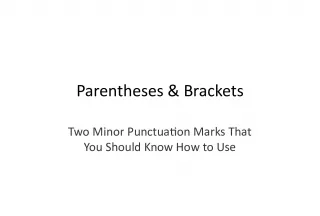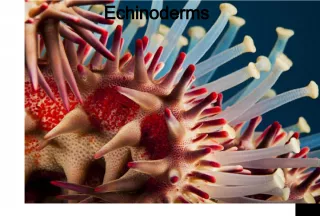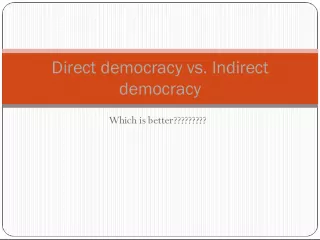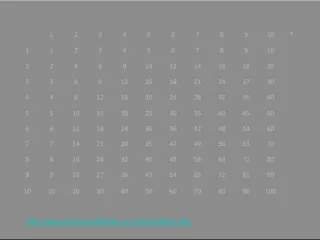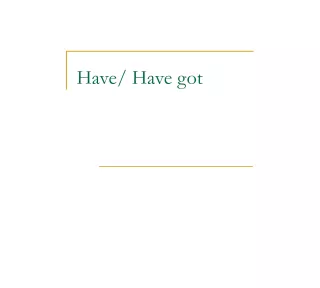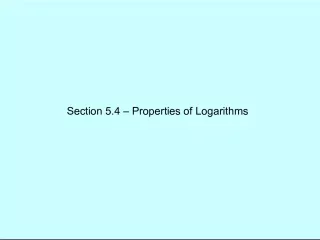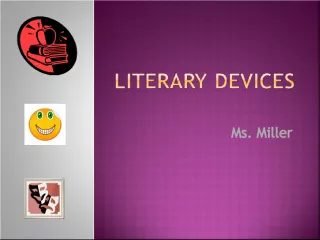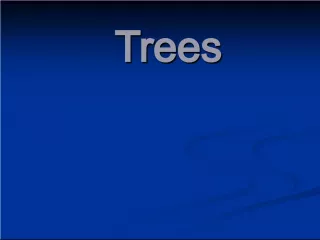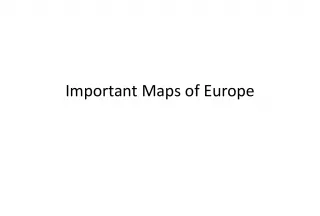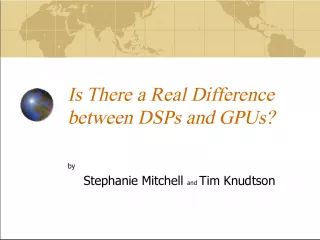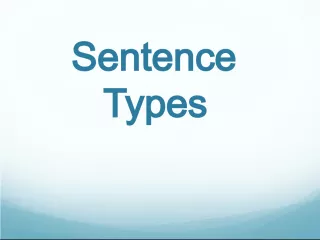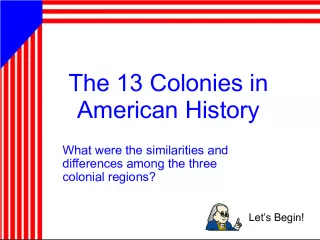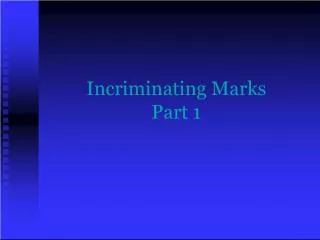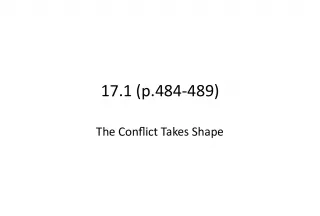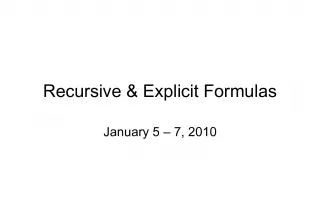Differences between Dashes, Parentheses, and Commas


This overview focuses on the proper usage of punctuation marks such as dashes, parentheses, and commas. The differences between each are discussed in detail, with a focus on their unique
- Uploaded on | 3 Views
-
 owenlam
owenlam
About Differences between Dashes, Parentheses, and Commas
PowerPoint presentation about 'Differences between Dashes, Parentheses, and Commas'. This presentation describes the topic on This overview focuses on the proper usage of punctuation marks such as dashes, parentheses, and commas. The differences between each are discussed in detail, with a focus on their unique. The key topics included in this slideshow are . Download this presentation absolutely free.
Presentation Transcript
Slide1OverviewHappy last ACT class!
Slide2Differences between dashes,parenthesis, and commas • Parentheses are used for digressions - things that could be completely removed without affecting the meaning. • Commas and dashes are for setting off clauses that, while not vital to the meaning, serve to provide a fuller picture. Which to use depends partly on the length of the clause—for example, if the clause itself contains a comma, you kind of have to use a dash—and partly on its importance: at least in my perception, a comma- delineated clause is more important to understanding the meaning than a dash-delineated one.
Slide3Who vs. Whom• Let’s check out this website. I think it’s really helpful! • http://teacher.scholastic.com/scholasticnews/ magazines/scope/pdfs/SCOPE-REPRO-040212- 1.pdf
Slide4Wordiness• “the fact that” • “the way in which” • Examples: • Too wordy: all the more/ more • As a matter of fact/in fact • In order to/ to • Past experience/ experience • Personal friend/friend • Once in awhile/ occasionally • See how these seem redundant? Ask yourself if the same message can be given with less words
Slide5Verb tense• Present – Present participle (ING) – Third person singular (S) • Stand/standing/stands Past: ed, d, or t Past participle: past + had/has/have I did my best/ I have done my best
Slide6Organization• questions ask you to organize sections to maximize their coherence, order, and unity by asking three types of questions: • Sentence Reorganization • Paragraph Reorganization • Passage Reorganization
Slide7Continued- Paragraph Reorganization• If you are totally lost on a paragraph reorganization question (does paragraph one sound best before or after 3?) , you can often look to the answer choices for clues. You can look at the first sentences given to you by the answer choices and see whether any of them sound like topic sentences. If you can identify a topic sentence, you’re well on your way to getting the correct answer.
Slide8Continued- Passage Reorganization• look at (and perhaps underline) the topic sentences of each paragraph. These topic sentences, removed from the passage, should follow a logical chain of thought • Consider the logical organization of an essay: introduction, supporting paragraphs, and conclusion.
Slide9A trick and activity for organization!!!• Pick out an article or passage with a friend • Cut them out and have your friend place them in order • How did you know which was correct AND WHY?
Slide10Future tense• Shall or will + present tense – You WILL go to college – BUT ALL YOUR TENSES MUST AGREE! YOU CANNOT SWITCH FROM PAST TO PRESENT!
Slide11Sentences, Clauses and Phrases• Sentences : A sentence must have a subject (expressed or not), a verb, and a complete thought – She ran in the woods. – Clauses : contains a subject and a verb, but can or cannot contain a complete thought. Clauses that can stand on their own two feet as sentences are called either "independent" or "main"; clauses that lack a complete thought are termed either "dependent" or “independent".
Slide12Continued• A phrase is a collection of words without a subject/verb or complete thought: – Prepositional over the river – Infinitive: to respect your elders is a sign of maturity – Participial: Biting my nails, I waited. – Gerund: I saw the running of the bulls – Appositive: My father, a doctor, gave me a hug.
Slide13Punctuation• Commas: – Set off introductory clauses and phrases • Example: Before we began the ACT, I got out a pencil. - Before a conjunction that begins an independent clause - Example: I was in school on time, but I was late to first period. - To set off paraenthetical expressions (or AN APPOSITIVE) - Example: my brother, who loves baseball, went to a SOX game.
Slide14Continued…• Commas continued… • To separate items in a list • 2) Semicolons and Colon s: – Semicolon separates two independent clauses – Use a colon to introduce a list or illustration » Example: the only person trait you need is this: honesty
Slide15Continued• 3) Hyphens and Dashes: – Use a hyphen to connect two (or more) words to form a single word meaning • Example: Year-end sale • - use a dash to set apart parenthetical comments. NOT essential – Example: Two of my friends, Natalie and Sarah, went to lunch with me.
Slide16Continued…• Apostrophes: – S’ plural + s • The students’ tests went well • ‘s: posession – Charlie’s bag is green .
Slide17Pronoun Antecedent• Pronoun takes the place of a noun • The NOUN that the pronoun replaces is called THE ANTECDENT • Pronouns include I, we, she, him, them, my, their, whose • Example: Liz drover her car to school. She parked it near the front door. – Antecedent: LIZ of (her/she)
